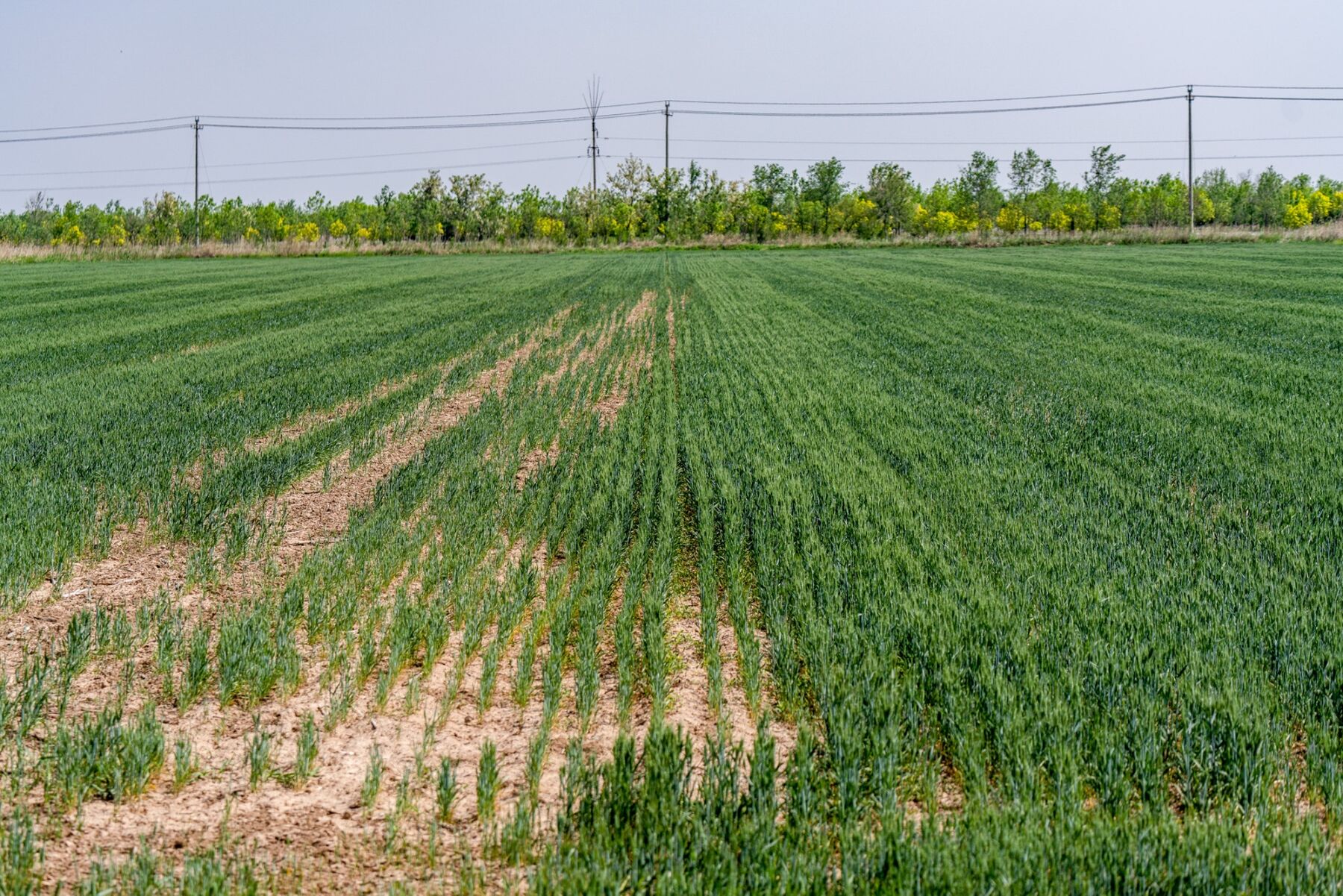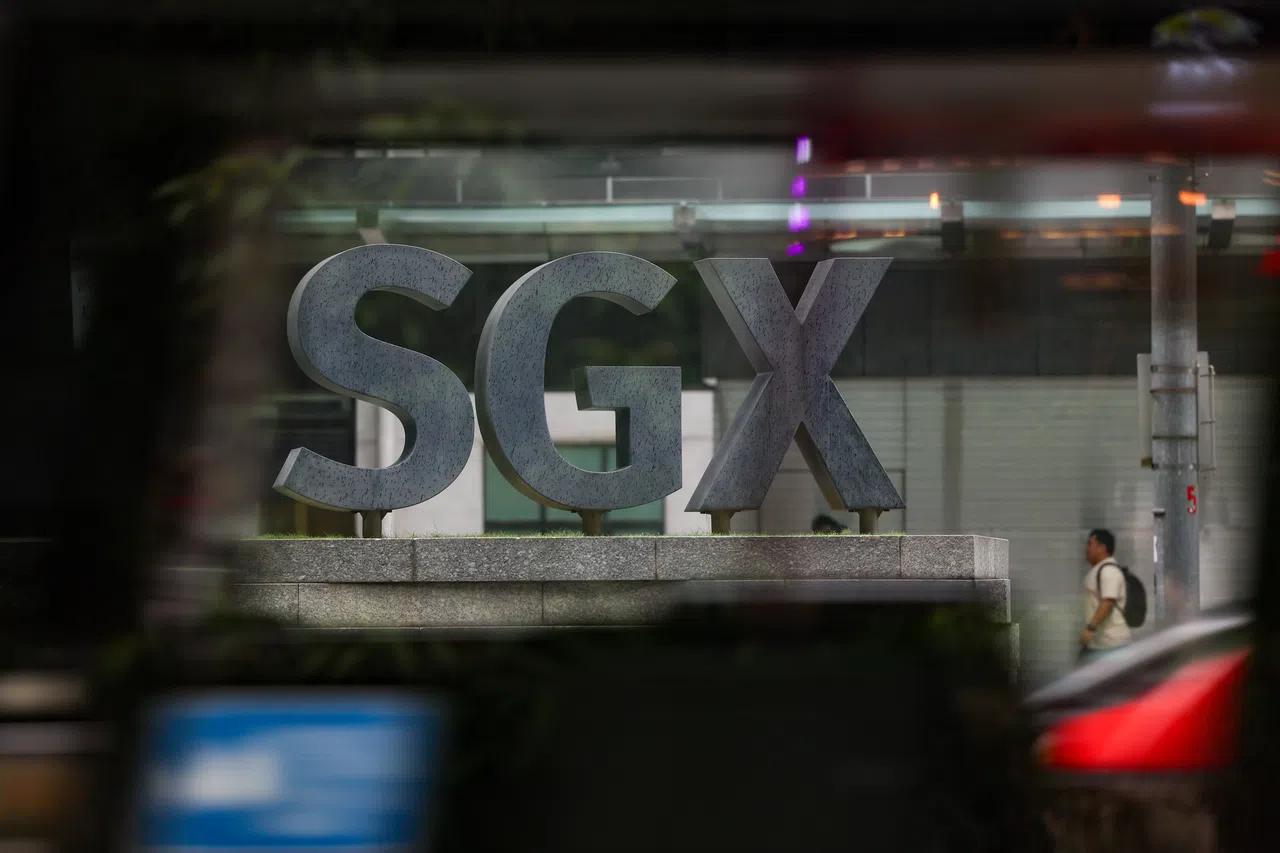[ad_1]
CHINA is facing increased pressure to produce more food at home, as grain imports soar to record levels and trade tensions mount. That’s spurring top officials to zero in on an essential component of that task: land.
The country feeds a fifth of the global population with less than a 10th of the world’s arable area, offset by massive purchases from abroad. Beijing is now out to shift that balance, pushing technology and spending to turn swathes too briny or polluted into farmable tracts. Efforts like it are the building blocks of China’s intensifying campaign to grow enough for its people, a topic likely to be scrutinised at the Third Plenum meetings next week.
Though a long-time concern, Xi has placed increased emphasis on self-reliance as ties with the West fray, a potential second Trump term looms and Russia’s invasion of Ukraine lays supply risks bare. Extreme weather, worsened by climate change, is also increasingly disrupting its own harvests – and those of suppliers abroad.
While China is unlikely to be out of the global market anytime soon, its determination to work towards grain security is clear. Its first food security law came into effect last month, aiming to reinforce efforts to further boost domestic production and hold officials accountable for its implementation. The law was quickly drafted and adopted, highlighting the urgency of the issue.
“Ensuring food security is an unavoidable choice for a country with 1.4 billion people, it is the most fundamental security and a matter of basic sovereignty,” said Kong Xiangbin, a professor specialising in the land at China Agricultural University. “And arable land is the most crucial thing for that end.”
Kong estimates that China has over six million hectares (ha) – or 100 million mu using the Chinese unit of measurement – of fallow land, or land that is left deserted due to rapid urbanisation. On top of that, huge swathes are unusable due to pollution or excessive salinity. It’s this last problem where China has started showing success after years of research.
BT in your inbox

Start and end each day with the latest news stories and analyses delivered straight to your inbox.
One example is the village of Nanliuhe in the eastern province of Shandong, which once lay underwater. Less than 20 kilometres from the Yellow Sea, its soil is still so briny that gleaming white mounds of salt are collected from ponds dotting the landscape. For generations, farmers here were forced to endure paltry crop yields or search for work far from home.
Now thanks to a pioneering method that works by loosening dense soil that traps salt and allowing it to be flushed through, fields in the village during a May visit boasted knee-high rows of wheat, and were recently harvested. If replicable, the technology could transform domestic production of grains and other crops.
“Ever since I can remember, we have been trying to improve the land,” said Li Genyuan, who manages about 67 ha of fields where corn and soybeans are also grown. He returned to farming after working for a decade in construction and textiles, and even in nearby salt farms. After attempts over the years with methods such as pesticide and ash, the novel method has been the fastest fix.
The acreage of salt-affected soil in China is almost the size of Austria and equivalent to about 6 per cent of its arable land. Alkali lands are even spreading along the Yellow River due to traditional irrigation methods and climate change. The problem is so serious that Xi even raised the issue repeatedly in speeches, having not done so before 2020, according to an official database.
The UN’s Food and Agriculture Organization said in a written statement that salty soils represent at least 10 per cent of global arable land with over a billion ha more at risk, and “the sustainable management of these soils is crucial to meet food demand.”
Li works with Hu Shuwen, a Beijing professor who developed the method for treating salty land after spending years in North America working on biomaterials. Yields have climbed threefold since the soil was treated, on par with levels from a regular wheat field, Hu’s researchers say.
His team has transformed over 133,000 ha of saline-alkali land across China since his first field project launched in 2008, and they plan to do some 27,000 ha more this year.
It’s not just salty lands that are being transformed. Chongqing Greatech Architectural Technology Group, a construction technology company in southwestern China, is among many players that have experimented with turning idle mines into farmland. It has transformed over 30 ha of limestone mines into arable land from 2020 to 2023.
In more extreme cases, the government has shut down some golf courses that it says have illegally occupied arable land, in an intensified campaign to regulate the construction of such venues. Some local governments under pressure to boost grain production have even cut down tens of thousands of trees and demolished green belts in cities to make room for farmland.
All together, there are signs a turnaround is underway. China’s overall arable land increased in the past two years after a prolonged slump, the government said in 2023. It aims to further raise self-sufficiency in grains, and reduce imports by more than 30 per cent.
Still, scholars have warned that heavy pollution from metals and pesticides threaten farmland quality. And it will take time to dent China’s longstanding lead in global soybean imports, with recent bad weather also reviving the risk for more grain imports.
Combined purchases of corn, wheat, soy, sorghum and barley – the five biggest crops China buys by volume – are set for an all-time high of nearly 161 million tonnes in the 2023 to 2024 season and may rise further in the next one, the US Department of Agriculture forecasts.
“With productivity gains, you can probably keep up with a lot of demand increase,” said Joe Glauber, senior research fellow at the International Food Policy Research Institute. “But I think there’s no question China’s going to remain a feed importer and certainly a soybean importer.” BLOOMBERG
[ad_2]
Source link




